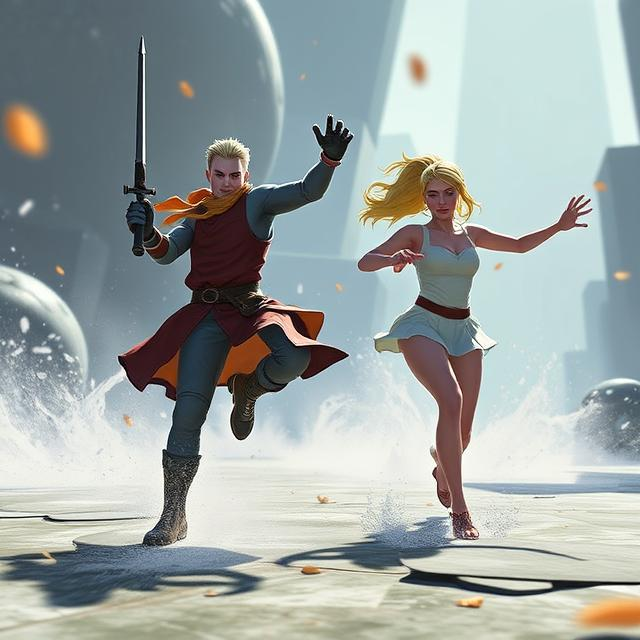Breaking the fourth wall—when a game acknowledges the player’s presence—is risky. It can feel gimmicky or brilliant. The best games use it to deepen narrative, enhance tension, or challenge player expectations.
Undertale is a masterclass in this. It remembers previous runs—even after a reset. It comments on your choices, challenges your morality, and manipulates the save system. It makes you complicit and then confronts you for it.
Metal Gear Solid pioneered meta-interaction. In MGS1, Psycho Mantis reads your memory card and requires you to switch controller ports. In MGS2, Raiden’s story becomes a simulation within a simulation—questioning identity, control, and the nature of games.
Doki Doki Literature Club starts as a lighthearted visual novel. Then it unravels—characters delete each other, the UI distorts, and the game addresses you directly. It weaponizes its format to disturb and surprise.
Other notable examples:
- The Stanley Parable — dynamic narration that reacts to your every choice
- OneShot — uses your PC’s files to communicate with you
- Inscryption — blends card game, ARG, and metafiction into one
When it works, fourth wall-breaking does more than surprise—it reframes the entire experience. It makes players feel seen, challenged, or emotionally implicated. It transforms a game from an isolated system into a dialogue.
